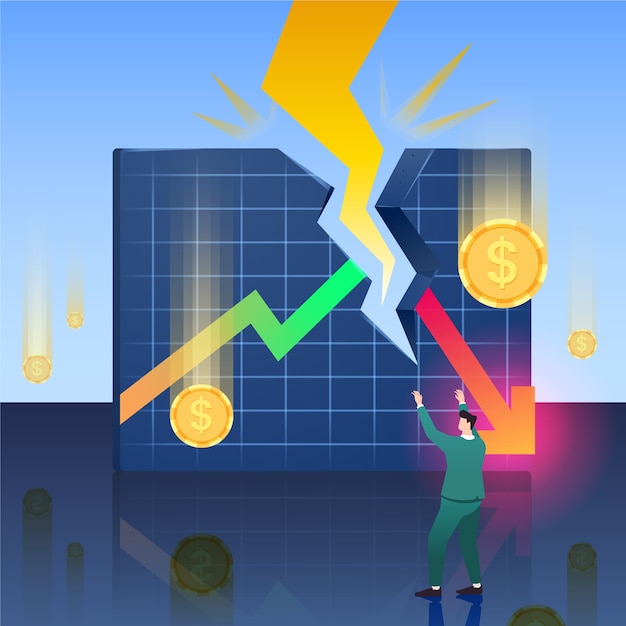
Discovering the Safest Haven: Unearthing the Investment with the Lowest Risk Factor

If you’re pondering how to build a stash of investments but worried about losing your hard-earned money, it’s crucial to understand that while all investments carry some sort of risk, there are several out there that are generally considered safe with minimal risk. Let’s take a look at those.
So, what do we mean by risk in an investing context? It’s simple – it’s the chance that you lose money. Investments can be hit by several types of risks. For example:
– Market risk: This is the risk that market-wide factors like economic conditions might lead to your investments dropping in value.
– Liquidity risk: You might not be able to sell your investment at a fair price.
– Credit risk: The company you invest in may run into financial trouble and default on its debt obligations.
– Inflation risk: If your investment doesn’t keep up with inflation, you’ll lose purchasing power.
While certain risks exist, safe investments are usually the ones that carry little or no risk of monetary loss. They frequently deliver lower returns due to the lower level of risk. They also tend to protect your initial capital, which means there’s hardly any chance of losing what you initially put in. These may be ideal if you want to keep funds liquid for emergencies or protect your wealth as you near your financial goals (like retirement, for example).
Let’s explore some of the safest investment options:
1. Savings Accounts and Money Market Accounts: These offer some of the lowest risk, but also the lowest returns. They don’t suffer much from market volatility, but the interest rates are often less than one percent. They can be useful for holding your emergency funds.
2. CDs (Certificate of Deposits): These are low-risk tools let you leave your money in the bank for a guaranteed period where it earns interest. The interest rate is generally better than regular savings accounts, but withdrawing early will garner a penalty.
3. Bonds: These are loans taken out by companies. As an investor, you earn annual interest, and when the bond term ends, you get back your original investment.
4. ETFs and Mutual Funds: These are for those willing to embrace a bit more risk to potentially gain better returns. They provide fractional ownership of a portfolio with various assets. They are ideal for long-term investors.
5. Dividend Stocks: These are shares of well-established companies that regularly pay back part of their profits to shareholders. They tend to be a safer bet than growth stocks.
6. Fixed Annuities: Offered by financial or insurance institutions, these guarantee a periodic income over a specific term.
7. Real Estate: This is considered a safe alternative investment if done right. Properties can provide a steady income and significant return if their value increases.
8. Farmland: This is an excellent option for those seeking low-risk opportunities. We always need farmland for food, so investing in it could yield decent returns.
The important trick is to balance your portfolio with various types of investments for optimal returns with minimal risk. Try having some savings in money market accounts, looking at longer-term investments like real estate or farmland, building up CDs, and keeping some liquid cash available should you face any unexpected expenses. And remember, while these options are “safer,” no investment is 100% risk-free.


